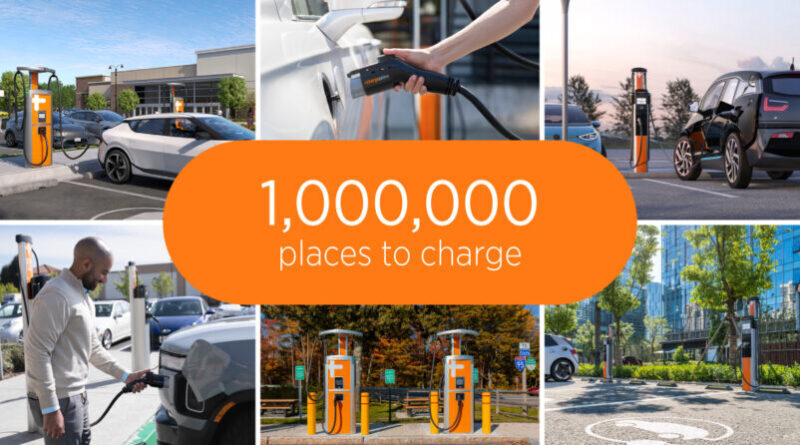Coke oven gas offers best hydrogen source for calcium-looping carbon capture
Coke oven gas offers best hydrogen source for calcium-looping carbon capture Hydrogen derived from coke oven gas, a byproduct of steel production, has emerged as the most cost-effective option for […] The post Coke oven gas offers best hydrogen source for calcium-looping carbon capture appeared first on Hydrogen Central.

Coke oven gas offers best hydrogen source for calcium-looping carbon capture
Hydrogen derived from coke oven gas, a byproduct of steel production, has emerged as the most cost-effective option for supporting “calcium looping,” a promising method for carbon capture. Researchers concluded this after modeling economic and technical aspects of hydrogen production and usage.
The study, published in the journal Carbon Future on December 13, highlights calcium looping as a viable approach to reducing emissions from industries such as cement, steel, and glass manufacturing. These sectors are notoriously difficult to decarbonize yet critical for modern infrastructure needs, from bridges to buildings. While cleaner alternatives exist for some applications, many processes still depend on these industrial materials, making carbon capture essential.
Calcium looping involves reversing the key chemical reaction in cement production. In traditional cement manufacturing, limestone (calcium carbonate) is converted to quicklime (calcium oxide) through calcination, releasing significant amounts of CO2. Calcium looping uses quicklime to absorb CO2 from flue gases, undergoing the opposite reaction known as “carbonation.” This captures CO2 while maintaining quicklime production, optimizing the process for emission reduction.
Incorporating hydrogen into calcium looping further enhances efficiency. Hydrogen not only boosts CO2 capture rates but also facilitates the production of synthetic methane. This methane, when derived from captured CO2, can serve as a carbon-neutral energy source. Unlike fossil methane, synthetic methane operates within a closed carbon cycle, as its combustion emissions can be recaptured. The sale of this synthetic methane offsets carbon capture costs, making the process more economical.
However, the success of hydrogen-driven calcium looping depends on the availability of affordable and clean hydrogen. Researchers in Guangzhou compared two hydrogen sources: renewably produced hydrogen and hydrogen from coke oven gas, a byproduct rich in hydrogen. Due to China’s reliance on coal-based industries, coke oven gas is abundant and underutilized, with much of it vented into the atmosphere, exacerbating climate issues.
Hao Yu, the lead researcher and chemical engineer at Guangzhou University, explained :
We needed to perform a more thorough analysis, using models that involve a deep understanding of the technical and chemical processes as well as the economics surrounding them, to be able to better compare the two hydrogen sources,
The study’s models revealed that coke oven gas-sourced hydrogen is significantly more efficient, producing four times more synthetic methane than renewable hydrogen. Furthermore, a plant using coke oven gas for hydrogen could generate annual profits of $26 million, while one relying on renewable hydrogen would face losses of $62 million due to the high costs of clean hydrogen production.
Dongliang Zhang, a co-author and researcher at the South China University of Technology, stated,
In the short to medium term, the coke oven gas route is plainly the most feasible option, but to achieve net-zero greenhouse gas emissions in the medium to long term, cleanly sourced hydrogen will be necessary, and that means that its costs will have to drop dramatically.
For optimal results, the researchers recommended situating calcium-looping operations in regions with ample limestone and coke oven gas supplies. Northern China, with its concentrated coal coking and limestone industries, developed infrastructure, and emission-intensive industries, is particularly well-suited for this approach. Similar conditions in countries like the United States, Australia, Russia, and India could also support this technology.
READ the latest news shaping the hydrogen market at Hydrogen Central
Coke oven gas offers best hydrogen source for calcium-looping carbon capture, source
The post Coke oven gas offers best hydrogen source for calcium-looping carbon capture appeared first on Hydrogen Central.
What's Your Reaction?





























































